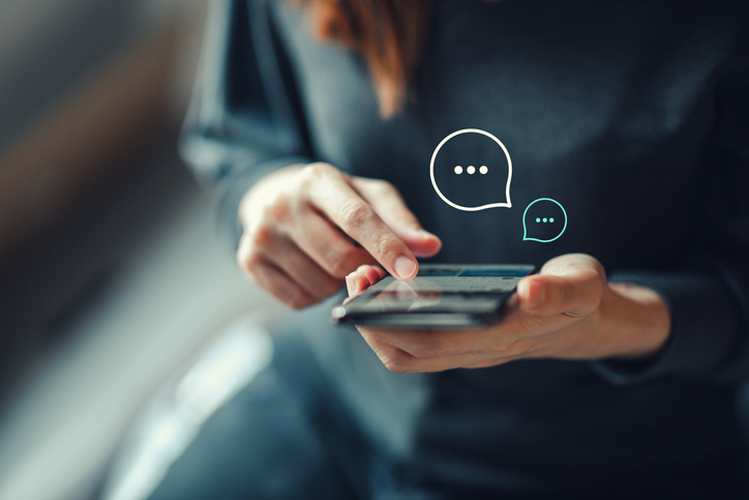Students, Make Sure You’re Cyber-Secure this Autumn

Check Point Software (@CheckPointSW) provides five cyber-safety tips for students heading back to university
Check Point® Software Technologies Ltd. (NASDAQ: CHKP), a leading provider of cybersecurity solutions globally, is warning students that they could be more exposed to the threat of cybercrime as they go back to university, and provides five simple tips for staying safe online.
Whether you’re studying, taking part in in-person lectures or online classes, you will spend a lot of time online, be that on campus using the university network, in a public library, coffee house or from home. However, using a whole range of online platforms in a new environment presents a number of risks including bank fraud, credentials theft, ID theft or social media account takeover.
“Unfortunately, many students are not aware that they could be targeted by cybercriminals, let alone how to protect themselves,” says Stuart Green, Cloud Security Architect at Check Point Software. “As is the case with the majority of cyberattacks, human error plays a significant role and students need to be on the lookout for emails and websites that appear strange. It’s also important to make sure that wherever you are studying, you have a secure connection and appropriate security software not just on your laptop but your phone and tablet too, and never ignore software updates. The UK’s education sector is particularly attractive to hackers right now, having seen a 93% increase in cyberattacks in July. This should act as a stark reminder to students that you could be vulnerable too.”
Fortunately, as you return to campus this autumn there are some things you can do to help protect your data and your accounts from the threat of cybercrime.
Five tips for students to stay safe online
- Think before you click on a link: Phishing attacks, where criminals impersonate well-known companies to try and steal your personal data, are increasingly common, especially now that devices store a large amount of user information. For this reason, special care must be taken with URLs sent via SMS, messaging apps such as Whatsapp, or email, as they can be fraught with danger. To avoid becoming a victim, always go to the sender’s official website instead of clicking on the link in the message.
- Use a different password for everything: It is true that having to think of a different password for the platforms you use every day is a pain. It is hard to remember them, and it would be much easier to use the same one for everything. But there is no greater joy for a cybercriminal than to come across such a user. Any student who relies on a “one password fits all” approach could see all their accounts hacked in record time. Once an attacker manages to decrypt the combination of a victim’s platform, they will try to access all of their accounts with the same key. To avoid this risk, it is essential to create a unique password for each app or service of at least eight characters that combines letters (both upper and lower case), numbers and symbols. A secure password manager such as Dashlane or LastPass can be used.
- Avoid downloading attachments from strangers: An email attachment from an unknown sender can be a gateway for all kinds of cyber-attacks such as malware or phishing attacks capable of infecting the entire device and stealing all the information and data stored on it. If, in addition, the device is used for teleworking or is connected to a larger network, it could cause more serious and more extensive damage.
- Never access unprotected public Wi-Fi: It is important to bear in mind that anyone, even a cybercriminal, can connect to unsecured public Wi-Fi. The main problem here is that by being on the same network, criminals can gain access to everything stored on your device. There will always be a risk when connecting to a public Wi-Fi network, so it is better to think twice before doing so.
- Surfing unencrypted websites: It is vital to make sure that the website you are accessing has an SSL certificate. This technology ensures that the internet connection is encrypted and protects any sensitive information sent between two systems by preventing cybercriminals from viewing and modifying any data being transferred, including data that could be considered personal. It’s easy to spot it by looking at the start of the address line or URL which should show an “s” after the letters http. So only click when you know the site is genuine and you see: https://











Responses